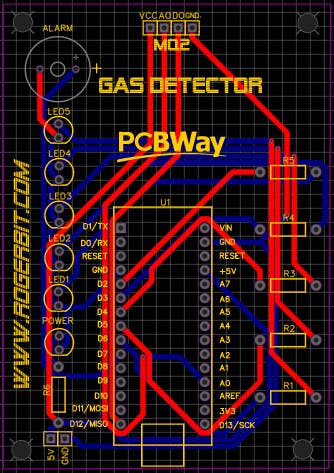Gas Leak Detector Alarm System With Arduino Nano
by CarlosVoltT in Circuits > Arduino
375 Views, 2 Favorites, 0 Comments
Gas Leak Detector Alarm System With Arduino Nano
.jpg)
In this tutorial we will see how to build a gas leak detector alarm system with Arduino Nano.
In this tutorial we will see how to build a gas leak detector alarm system with Arduino Nano. We will see a list of the electronic components to be used, the assembly of the circuit, the source code, and finally we will test the operation of the system. This project is ideal for use in sources close to our home, where there is gas, such as a kitchen, stove or water heater.
Electronic components
mq2 gas sensor
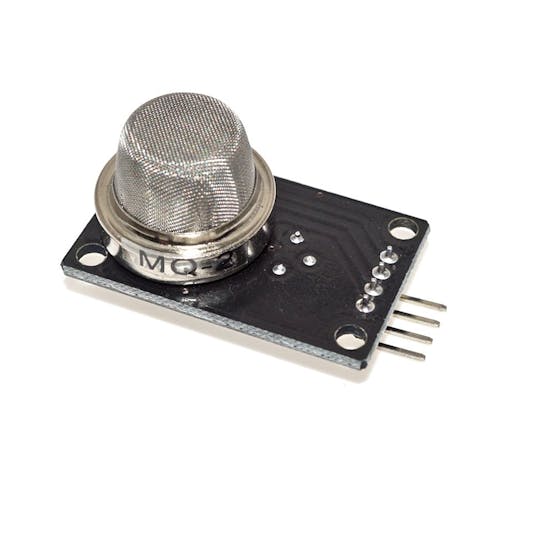
Pin-Out gas sensor Mq-2

Datasheet sensor MQ-2
Download–> MQ-2
Gas sensor (MQ2) is useful for gas leak detection (in home and industry). It can detect LPG, i-butane, methane, alcohol, hydrogen, smoke, etc. Based on its fast response time, measures can be taken as soon as possible. In addition, the sensitivity can be adjusted by a potentiometer (digital pin).
TECHNICAL SPECIFICATIONS
Operating Voltage: 5V DC
Fast response and high sensitivity
Detection range: 300 to 10000 ppm
Characteristic gas: 1000ppm, Isobutane
Sensing resistance: 1KΩ 50ppm Toluene 20KΩ in
Response time: ≤ 10s
Recovery time: ≤ 30s
Working temperature: -20 ℃ ~ +55 ℃
Humidity: ≤ 95% RH
Ambient oxygen content: 21%
Consumes less than 150mA at 5V.
APPLICATIONS
Gas Leak
Detector Industrial Gas Detector
Arduino nano
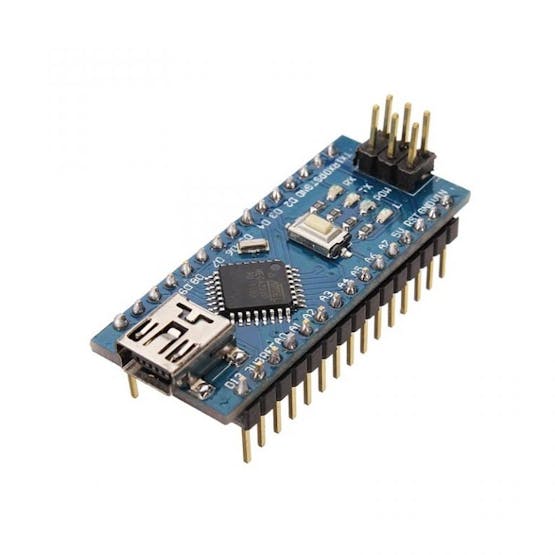
Six 5mm LED diodes of different colors

Six 1 Kohm resistors
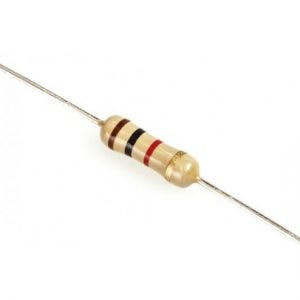
A 5 volt buzzer

Female pins (4 pins total)
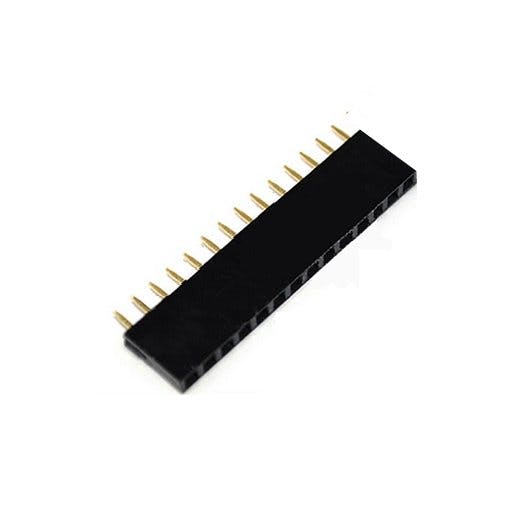
Male pins (2 in total)

Socket for the arduino nano
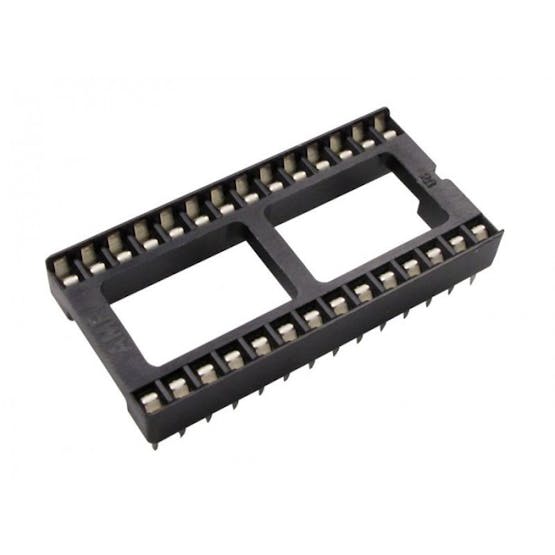
PCB
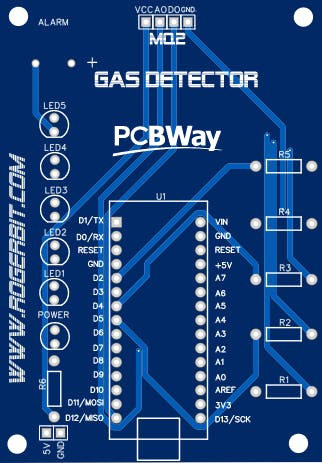
Download Gerber file –> Gerber_GAS_METER_MQ-2
Circuit
